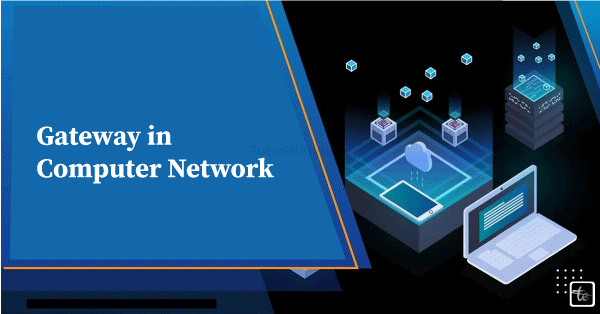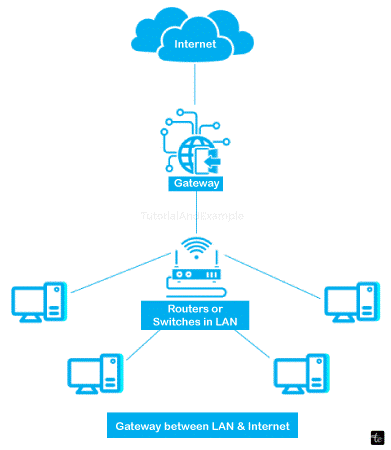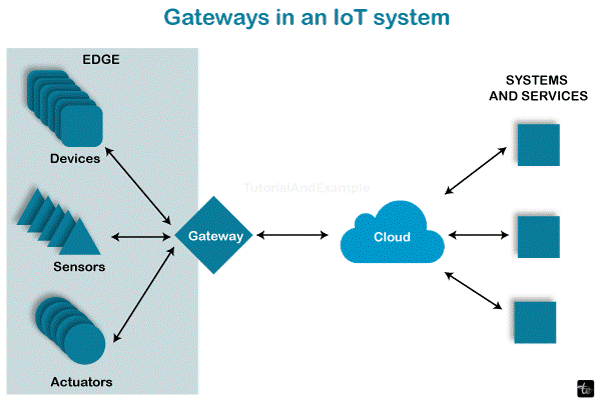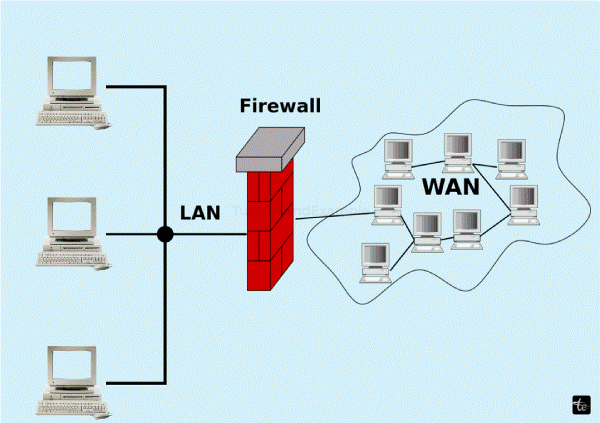Difference between Gateway and Switch

A gateway is a networking component that connects systems with different networking models. It acts as a gateway to make two different networks appear as one network. It serves as the entry and exit point of the network. Switch and gateway differ in that the former use multiple protocols for communication. Switches use packet switching to send and receive packets to their target addresses to route them through a network.
What is Gateway?

A network equipment that joins various networks together is known by the general term "gateway." A gadgets unit acts as a gate among two disparate networks with different constructions and guidelines. Any device that permits traffic to enter and exit a network, such as a repeater, firewall, server, bridge, router, or other device, is called a gateway. A gateway is a network checkpoint that all data must pass through before being routed. Users can communicate across networks thanks to its understanding of and conversion between two networking models.

It enables network-based data sharing, security, storage, and user access. A gateway acts as a node for firewalls and proxy servers in an enterprise network. It facilitates communication with distant networks beyond the boundaries of host network nodes. Connecting devices to other networks and to itself is the two main purposes of a gateway. Simply put, a gateway is a device used to connect disparate systems.
What is a Switch?
A hardware component called the network switch, serves as a controller to enable communication between devices in a network.

By connecting devices such as servers, printers, and PCs in a small business network, switches enable resource sharing. This is an essential piece of equipment in either a wired or wireless LAN. It functions similarly to a multiport network bridge, receiving signals via radio frequencies in a wireless LAN and Ethernet cables in a wired network from every network terminal. It does all the same fundamental tasks as a bridge, but switches are quicker and have more features. It transmits data over the LAN so that computers can communicate.
Difference between Gateway and Switch
A networking device called a gateway is used to link together various networks with disparate architectures and protocols. As its name suggests, a gateway is a device that serves as a gate between several networks, allowing data to flow through before being defeated. Conversely, a network switch is an essential hardware component facilitating communication between networked devices. Network nodes are connected to central locations via switches, which enable concurrent data transmission and reception on a device.
Function:
Connecting devices to other systems and each other are the two main purposes of a gateway. To put it simply, a gateway is a device that connects disparate systems. Through gateways con,sumers can send and receive data between various networks. Conversely, shifts make resource sharing easier by joining devices in tandem. They obtain information directly from the source and only send it to the designated location. To each MAC encryption address, they offer an instantaneous and secure data connection.
| Gateway | Switch |
| A gateway is a means of connecting two networks. It is not possible for the entry point to check the system for errors due to its design. Filtering packets is not possible in the gateway. The point of link between both networks that run on different models is known as the gateway. The format of every packet is changed as it travels through the gateway. | When a network has several ports, the switch serves as a bridge.Because of the way it is designed, the switch can detect errors before delivering packets to the network. The switch provides the packet function. The switch establishes a connection between devices that use similar network architectures. The format of every packet remains unchanged while it travels using the switch. |
Conclusion
Gateways are used to manage network traffic between different networks. Computer devices can communicate thanks to a switch. Since there are multiple networks within each device that laptops operate on, as is common knowledge, both of these expressions are important for computer share systems. The two most crucial terms related to networks of computers are defined here.
Gateways control communications between two or more different networks and operate at all seven Open Systems Interconnection (OSI) framework layers. A gateway connects different systems. Anything that permits traffic over the network to enter and exit, such as a repeater, firewall, server, bridge, router, or other similar gadget, is a gateway. They move packets between systems utilizing various protocols and structures. Conversely, switches transfer data.
Next →